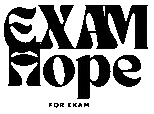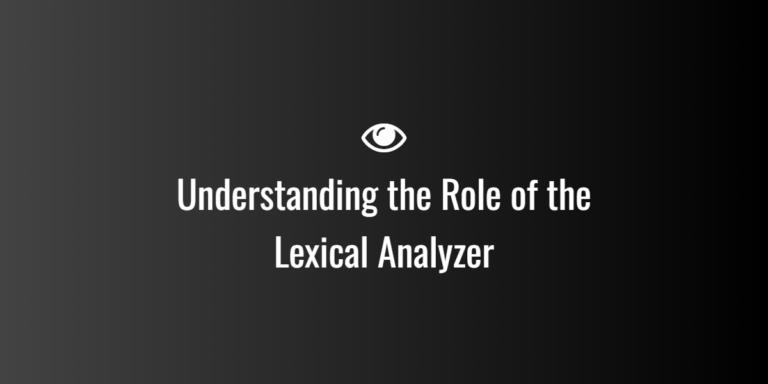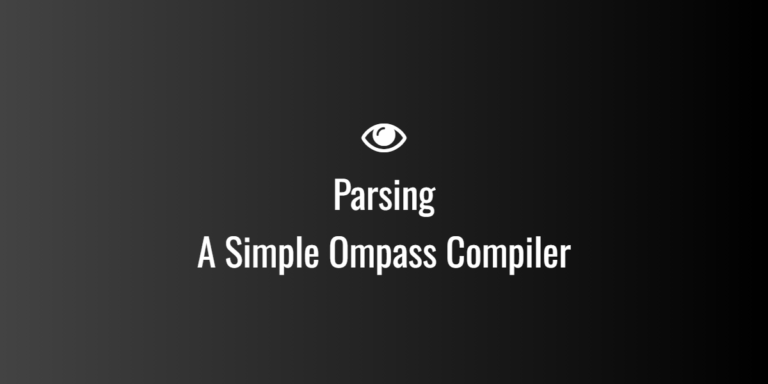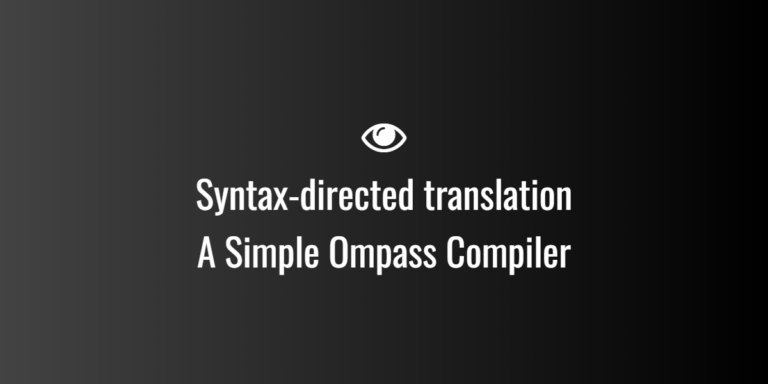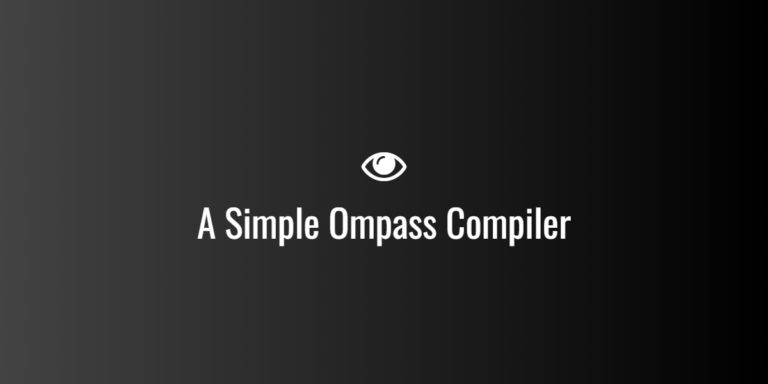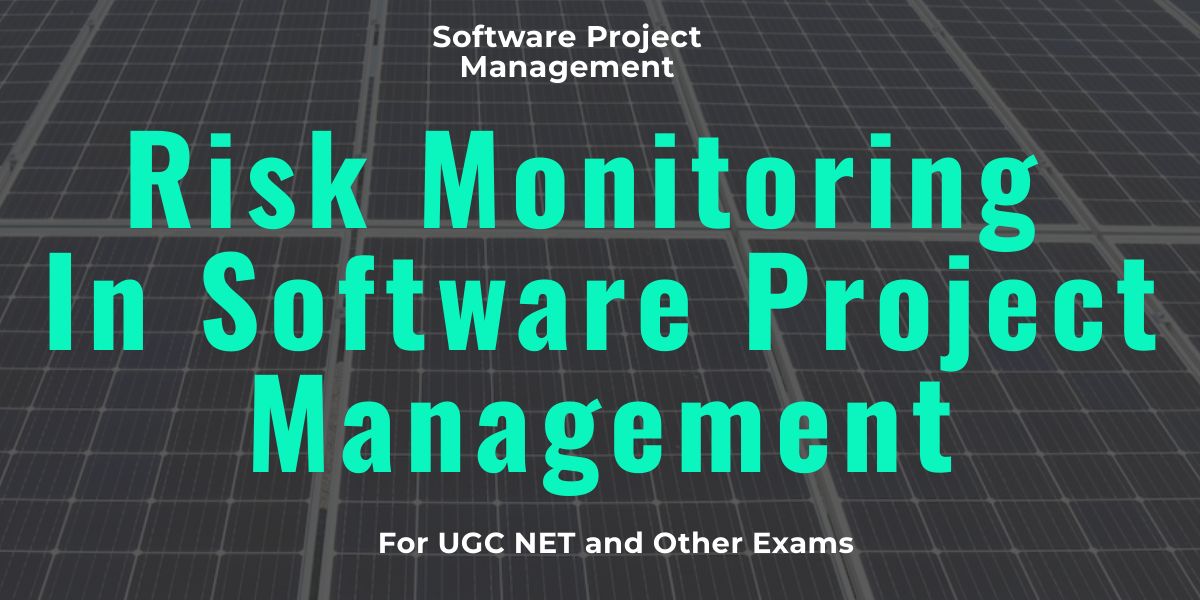
Risk Monitoring
What is Risk Monitoring?
Risk monitoring is the process of tracking identified risks, evaluating their potential impact on the project, and ensuring that risk response strategies are being implemented effectively. It involves regularly reviewing the status of risks throughout the project lifecycle, assessing whether any new risks have emerged, and ensuring that mitigation plans are being followed.
🔹 Key Objective: Monitor the status of risks to ensure proactive management and adjust strategies as necessary to minimize their impact on the project’s objectives.
Why is Risk Monitoring Important?
- Early Detection: Enables early identification of potential problems or changes in existing risks, allowing for quick responses.
- Ensures Implementation of Mitigation Plans: Ensures that the risk mitigation strategies are being executed correctly and effectively.
- Keeps the Project on Track: By continuously monitoring risks, project managers can stay informed about threats to the project, making it easier to manage timelines, costs, and scope.
- Adaptability: As risks evolve, monitoring allows for timely adjustments to strategies, ensuring that the project remains aligned with its objectives.
- Stakeholder Confidence: Regular monitoring and reporting provide stakeholders with reassurance that risks are being actively managed and that the project is progressing as planned.
Key Steps in Risk Monitoring
1. Review the Risk Register
The Risk Register is a central tool in risk monitoring. It should be updated regularly to reflect the status of risks and mitigation strategies. The Risk Register contains key information such as:
- Identified Risks: List of risks identified earlier in the project.
- Likelihood and Impact: Updated probability and impact ratings.
- Mitigation Actions: The strategies in place to handle each risk.
- Status: Current status of the risk (active, mitigated, resolved, etc.).
- Contingency Plans: Any plans or actions to take if the risk materializes.
2. Track and Update Risk Indicators
Key Risk Indicators (KRIs) are metrics that help monitor the evolving status of risks. These indicators allow project managers to track risks continuously and assess whether their likelihood or impact is changing. Monitoring these indicators helps determine if any risks need to be escalated or re-prioritized.
📌 Example KRIs:
- Schedule Delays: Percentage of tasks completed on time.
- Budget Variance: Differences between planned and actual costs.
- Resource Availability: Number of available resources compared to project requirements.
3. Conduct Regular Risk Reviews
Risk reviews are structured sessions where project teams and stakeholders assess the current status of risks. These reviews help ensure that risks are being managed effectively, identify new risks, and determine if existing risks have increased or decreased in impact.
📌 Activities in Risk Reviews:
- Re-assessing risks: Examine the current risk environment to identify any changes in the likelihood or impact of risks.
- Updating risk responses: Adjust the mitigation strategies based on the current status.
- Engaging stakeholders: Involve relevant stakeholders in discussing and reviewing risks, ensuring everyone is aligned and aware of potential challenges.
4. Monitor the Effectiveness of Risk Responses
After implementing risk response strategies (e.g., mitigation, transfer, acceptance), it’s critical to monitor their effectiveness. If a risk response is not working as expected, adjustments should be made to the approach.
📌 Actions to Monitor Effectiveness:
- Check if mitigation actions are reducing the likelihood or impact of risks.
- Assess whether contingency plans need to be activated due to the changing status of risks.
- Track if residual risks remain after mitigation, and determine if new risks have emerged.
5. Look for New Risks
New risks can arise as the project progresses and evolves. Regularly scanning the project environment helps identify emerging risks early, preventing unexpected challenges from derailing the project. This includes risks from internal changes (e.g., personnel, technology) or external factors (e.g., market conditions, regulations).
📌 Example:
A risk of delays in procurement could become more significant as the project nears key deadlines. It may require additional mitigation actions, such as finding alternative suppliers.
6. Track Risk Triggers and Early Warning Signs
Risk triggers are indicators that suggest a risk is about to happen or is currently happening. Early warning signs help the project team recognize when a risk is becoming more likely or when a response plan needs to be enacted.
📌 Examples of Risk Triggers:
- Changes in project scope can trigger scope-related risks.
- Budget variances may signal potential financial risks.
- Team turnover or absenteeism may trigger resource-related risks.
Risk Monitoring Tools
1. Risk Register
The Risk Register is the most essential tool for monitoring risks. It helps to track all identified risks, their status, and any actions taken to address them. It provides a single source of truth for the entire project team.
2. Risk Matrix
The Risk Matrix is a visual tool that helps assess the likelihood and impact of risks on a scale (e.g., low, medium, high). It provides a snapshot of the project’s risk profile and helps prioritize which risks need more attention.
📌 Example Risk Matrix:
| Impact \ Likelihood | Low | Medium | High |
|---|---|---|---|
| High | Moderate | Significant | Critical |
| Medium | Minor | Moderate | Significant |
| Low | Minor | Minor | Moderate |
3. Key Risk Indicators (KRIs)
KRIs are measurable metrics that help track how risks are evolving. They can be quantitative (e.g., cost variance, schedule variance) or qualitative (e.g., customer satisfaction). By monitoring these indicators, project managers can determine whether risks are increasing or decreasing in severity.
4. Risk Audits
A risk audit is a formal, systematic review of the risk management process to ensure its effectiveness. Audits help track the overall performance of risk management strategies and assess whether risk mitigation actions have worked as planned.
5. Project Management Software
Many project management tools (e.g., Jira, Trello, Microsoft Project) offer built-in features for risk tracking and management. These tools can automatically update the status of risks, flag risks with high severity, and notify the team of upcoming deadlines or concerns.
Key Elements to Monitor in Risk Management
1. Risk Status
The current status of each identified risk should be tracked in terms of whether it’s:
- Active: The risk is ongoing and requires attention.
- Mitigated: The risk has been successfully managed or reduced.
- Resolved: The risk is no longer a concern.
- Escalated: The risk has become critical and needs to be addressed at a higher management level.
2. Risk Triggering Events
Monitor and document when risk triggers occur, indicating the likelihood that the risk may materialize. For instance:
- Delays in a key supplier’s delivery may trigger procurement-related risks.
- Regulatory changes may trigger compliance risks.
3. Risk Response Effectiveness
Ensure that mitigation strategies are successfully addressing risks. If risk responses aren’t having the intended effect, adjustments must be made.
4. Resource Availability
Track the availability of key resources to ensure they are not contributing to resource-related risks (e.g., shortages, skills gaps).
5. Schedule and Budget
Constantly monitor project schedules and budgets for any deviations caused by risks. These deviations can signal the need for intervention or additional mitigation efforts.
Best Practices for Risk Monitoring
1. Regular Risk Reviews
Hold frequent meetings with the project team and stakeholders to review the status of identified risks. Risk reviews should be part of your regular project management activities, such as status meetings or steering committee meetings.
2. Update the Risk Register
Update the Risk Register regularly with new risks, changes to existing risks, and the effectiveness of mitigation actions. This ensures that risk management remains an ongoing process.
3. Use a Risk Dashboard
A Risk Dashboard is a visual tool that provides a high-level overview of all risks in the project. It can be part of your project management software and helps track key risks, their status, and the effectiveness of mitigation plans.
4. Engage Stakeholders
Keep stakeholders engaged in the risk monitoring process by providing regular updates and encouraging them to share any new concerns or changes in circumstances that might affect the risk landscape.
Conclusion
Risk monitoring is an ongoing and essential process that ensures risks are identified early, managed effectively, and adjusted as the project progresses. By using tools like the Risk Register, Risk Matrix, and Key Risk Indicators, project managers can stay on top of the risks, take proactive actions, and keep the project on track toward success.
✅ Key Takeaways: ✔ Continuously track and monitor risks throughout the project lifecycle.
✔ Use tools like the Risk Register, KRIs, and Risk Audits to stay informed about risk status.
✔ Regular risk reviews and stakeholder engagement are essential to managing evolving risks.
✔ Be adaptable and ready to adjust risk response strategies as the project progresses.
